
Concrete column 02 model TurboSquid 1705897
For structural steel E = 200 GPa = 200 kN/mm 2. Using the table above we can see that the effective length factor for a fixed-pinned column is K = 0.7 and of course L = 3.0 m = 3000 mm. Therefore we can use Euler's Buckling Formula: So once the compressive axial force on the member reaches 20.22 kN and over the member will theoretically buckle!

Nonductile Concrete Columns « Hyland Fatigue + Earthquake Engineering
Flexural buckling of columns. Flexural buckling is a mode of instability, affecting members under axial compression. In its buckled state the column has a bow type deflected shape. The following assumptions are made for the analysis herein: The material is elastic; The cross-section is prismatic (it is constant across the length of the column)

Earthquake & Seismic Engineering Quiz Interview Questions
The slenderness ratio is a quick and fairly simple ratio to calculate the buckling phenomena that occurs in a compression member. It is defined as: slenderness ratio = KL/r. Where K is the effective length factor, l is the unbraced length of the member and r is the radius of gyration. The product KL is known simply as the effective length.

Column buckling example problem 5 with bracing YouTube
Buckling occurs when a structural member is exposed to high compressive stresses, likely to result in a sudden sideways deflection. The term "deflection" in structural engineering refers to the displacement of a member caused by bending forces. This type of deflection is predictable and can be calculated.
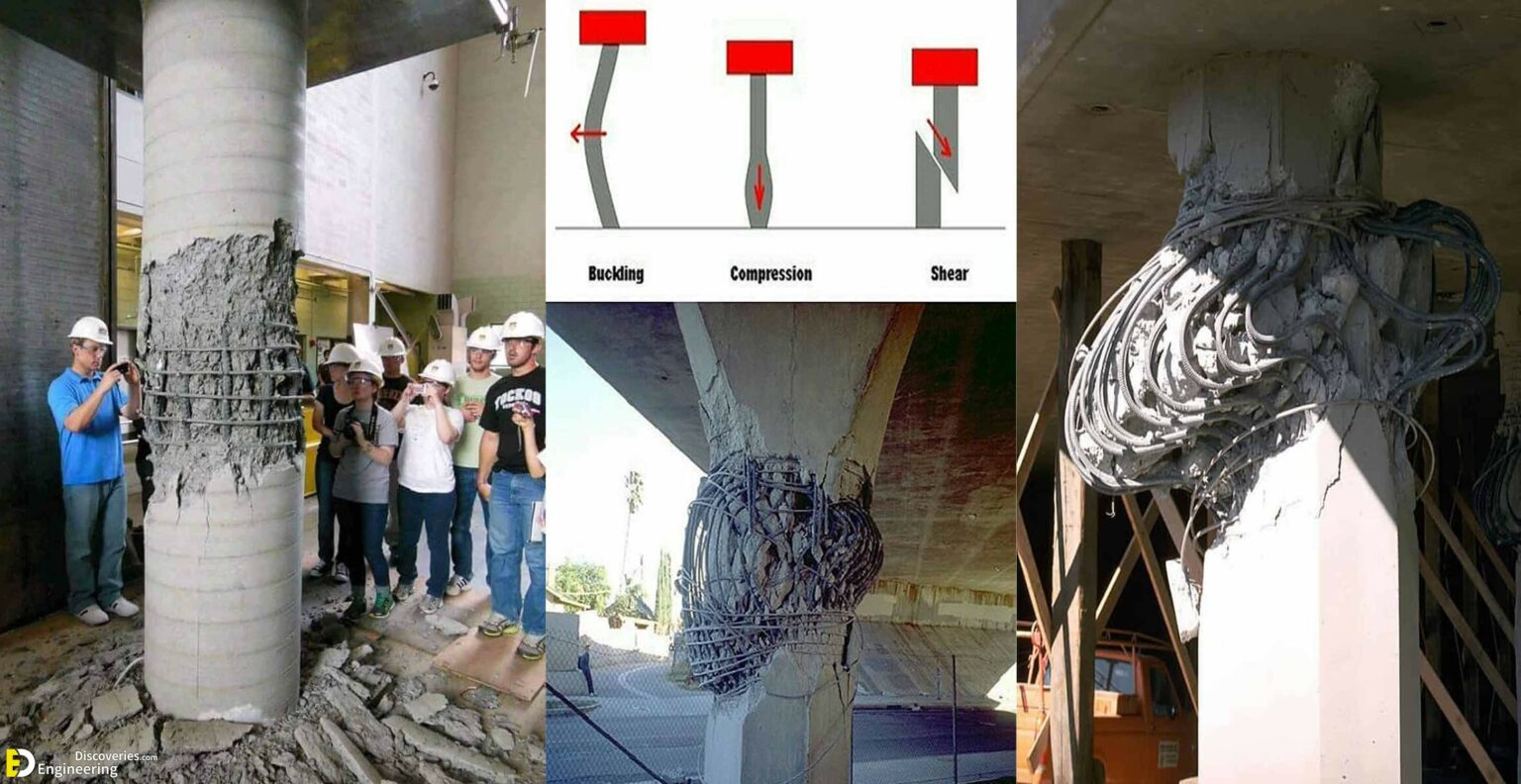
Types Of Column Failure Engineering Discoveries
A simple way to demonstrate column buckling is to hold a ruler at either end and to push your hands toward one another. The ruler will buckle at the center. Contents Columns with Central Loading Euler Formula for Long Columns Column End Conditions Slenderness Ratio Johnson Formula for Intermediate Columns Euler Formula vs Johnson Formula

Steel joint buckling analysis IDEA StatiCa
Column buckling is the only area of mechanics where there's a different outcome. It starts with predicting how much weight the column can hold and seeing if it can support any more. In the 19th century, a number of columns were used to uphold the platform of new railway stations.
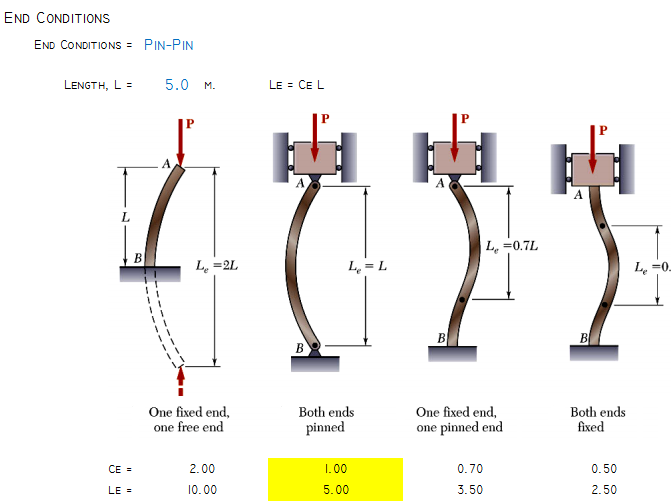
Column Buckling
• For lh>32 the buckling capacity is less than the crushing capacity and so the column buckles. • For lh values in between, the failure mode is not clear and depends on imperfections in the column and the way the load is applied. Therefore, BS8110 defines: • Short columns: lh≤15 for a braced column and lh≤10 for an unbraced column.

Failure modes of the sandwich column due to the compressive loading
A Single Building and a Multifaceted Town: BBVA, Madrid, a Workplace for the Future. The article from the architects who won the competition to design BBVA's new headquarters in Madrid describes the process of formulating the urban and architectural ideas behind the exciting new building that BBVA moved into in 2015.
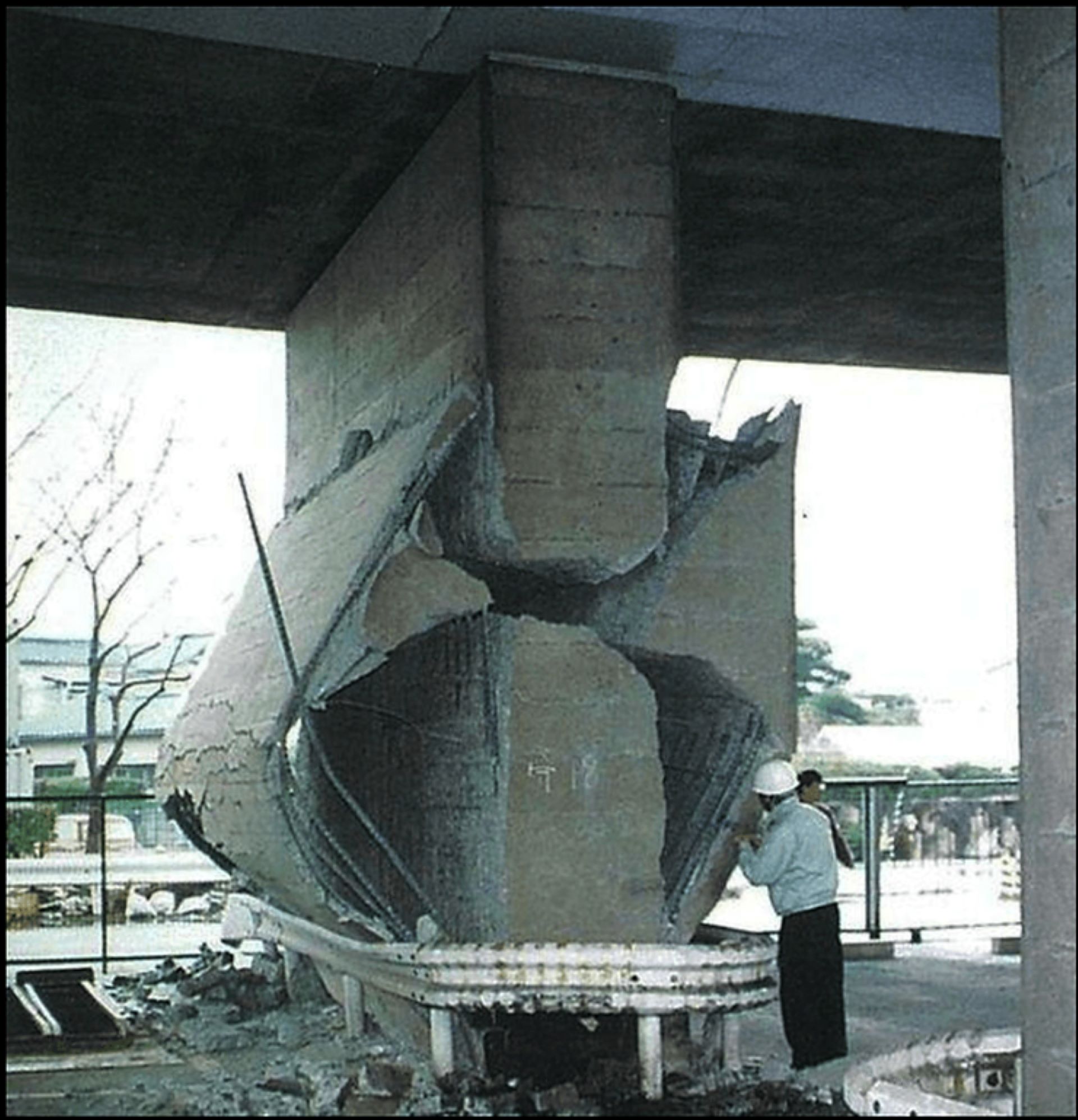
Fallas en columnas de hormigón armado Amusement Logic
Piotr Wiliński Krzysztofiń Kamski Abstract and Figures The paper presents a comparison of methods of determining the buckling length of reinforced concrete columns in non-sway frames. The.

Column Buckling Types And Causes Of Buckling Civil Rack
Column buckling is a phenomenon in structural engineering which occurs when slender elements under high compression suddenly collapse. Thankfully design measures can be taken to prevent this. Buckling load analysis shows the maximum load that the column can resist before buckling.
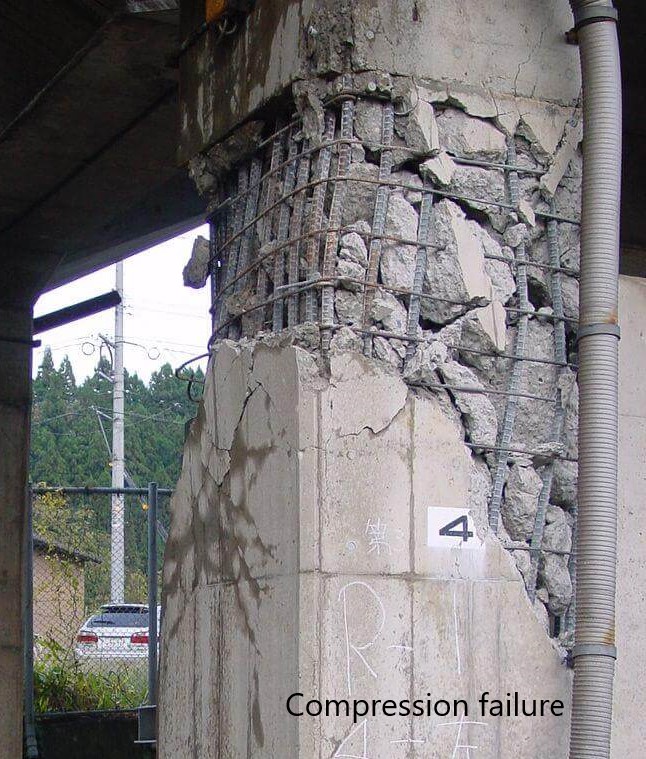
8 Types Of Column Failure Methods Structural Guide Vrogue
Access SkyCiv's Column Buckling Calculator for quick and accurate structural analysis, ensuring stability and optimal design solutions. Skip to content Search for: Products Analysis Software SkyCiv Structural 3D Software SkyCiv Beam Software SkyCiv Section Builder SkyCiv Beam Shell FEA SkyCiv Structural Mobile App SkyCiv API Design Software

Typical damage ͑ a ͒ concrete spalling, ͑ b ͒ buckling of steel
The Euler buckling load can then be calculated as F = (4) π Pa) (241 10) / (5 m) = The term "L/r" is known as the slenderness ratio. is the length of the column and radiation of gyration for the column. higher slenderness ratio - lower critical stress to cause buckling lower slenderness ratio - higher critical stress to cause buckling

To see more visit👇 Construction Fails, Construction Images, Civil
The Euler theory of column buckling was invented by Leonhard Euler in 1757. Euler's Theory The Euler's theory states that the stress in the column due to direct loads is small compared to the stress due to buckling failure. Based on this statement, a formula derived to compute the critical buckling load of column.

To see more visit👇 Construction Fails, Construction Repair
Buckling is a phenomenon under which a member can suddenly fail due to excessive compressive load. The load at which the member fails is known as the critical load, F_ {crit} F crit or F F. The buckling causes a reduction in the axial stiffness of the column that results in displacement and rotations having catastrophic consequences.

Column buckling YouTube
Using finite element modeling, this study presents a buckling analysis and total deformation assessment of a concrete column, a column made of reinforced cement concrete (RCC), and a concrete column enhanced with Carbon Fiber-reinforced Polymer (CFRP) laminates (FEM).
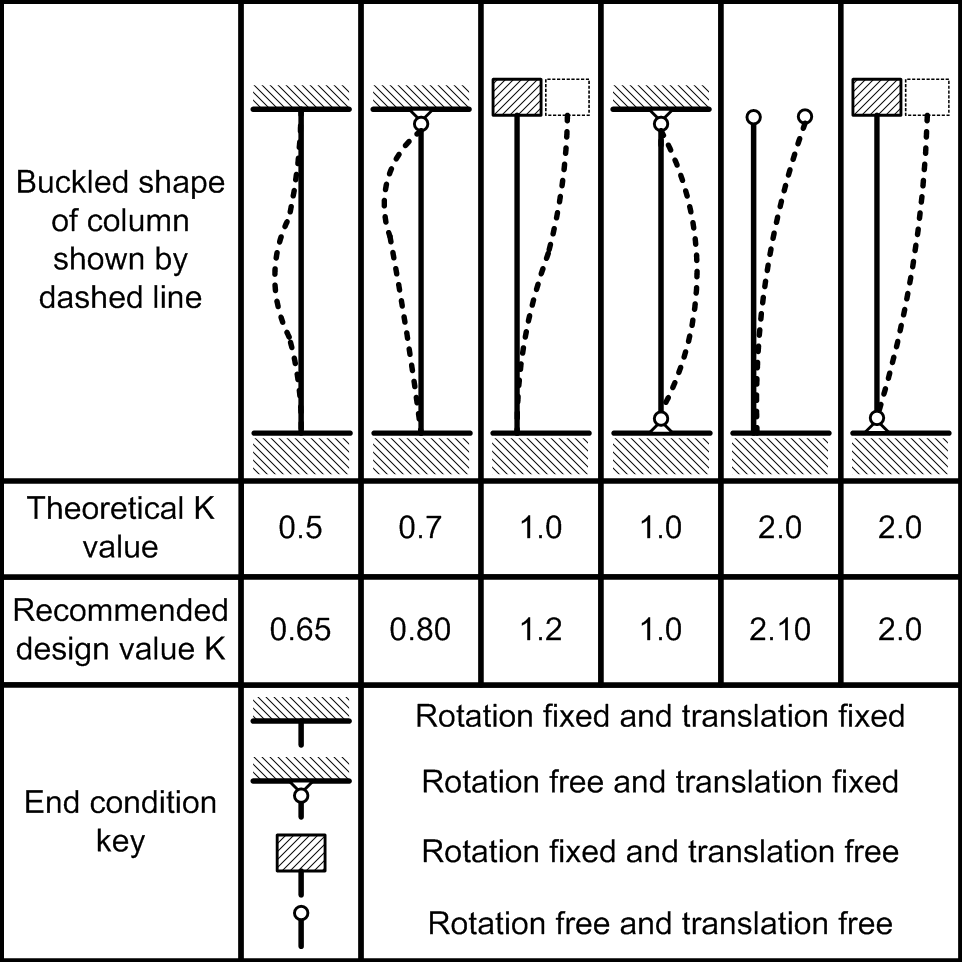
Flexural Buckling of Columns Structville
Buckling of Columns is a form of deformation as a result of axial- compression forces. This leads to bending of the column, due to the instability of the column. This mode of failure is quick, and hence dangerous. Length, strength and other factors determine how or if a column will buckle.